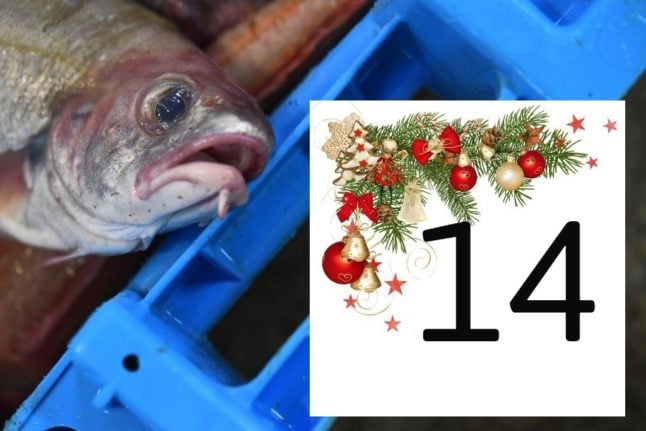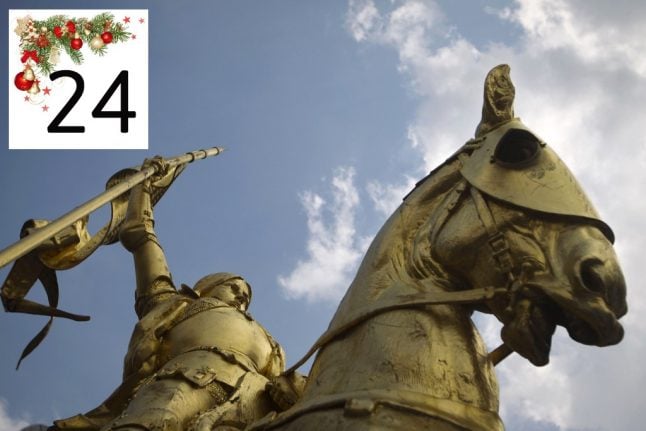While a poisson d'avril might sound like a tasty fish dish it's actually something to avoid, because if someone yells this at you, you are the victim of a joke.
An 'April fish' is what is known in English as an April Fool – the practice of playing jokes on April 1st.
There are lots of different theories as to how fish came to be linked with jokes in France.
One says it comes from April being a bad month for fishing, so claiming to eat one that month had to be a joke. Another ties it to the Dunkerque Carnival tradition, which starts with dried herrings wrapped in plastic being thrown from the City Call to a crowd gathered below.
But it's firmly embedded in the culture now and French schoolkids spend April 1st creating fish out of paper and sticking them to their classmates' backs, while French media usually indulge in a terrible joke story on April 1st (and yes, The Local does this too).
Also at this time of year, and later around Easter, you will see little chocolate fish in the shops, in tribute to the poisson d'avril.
This article is part of The Local France's 2020 virtual advent calendar – every day until Christmas we will be presenting you with a person or object that has a particular significance to life in France.



 Please whitelist us to continue reading.
Please whitelist us to continue reading.
Member comments